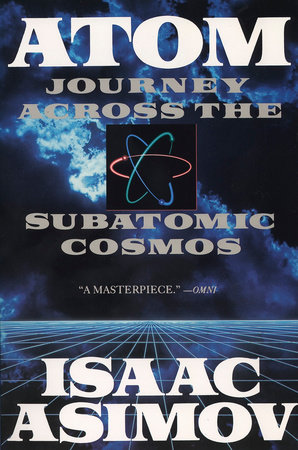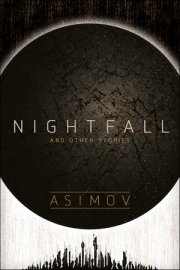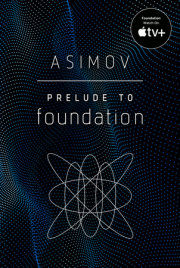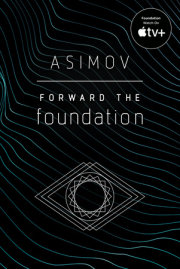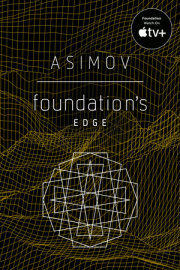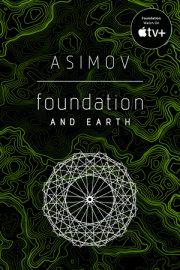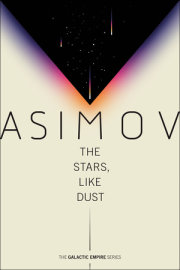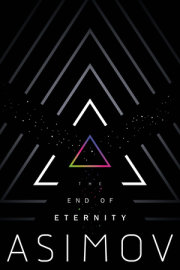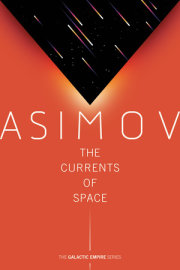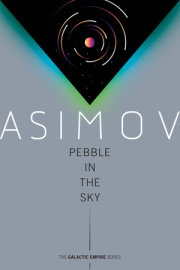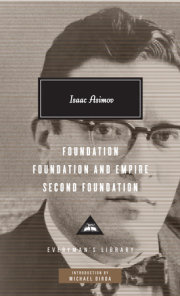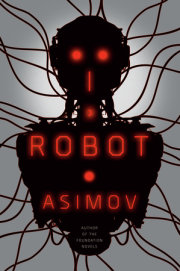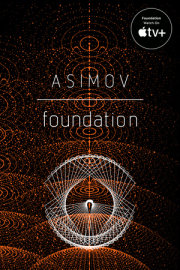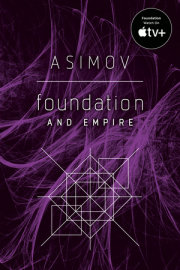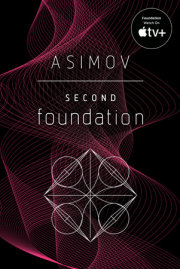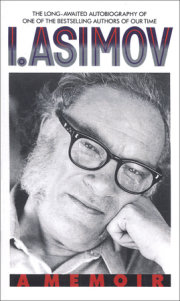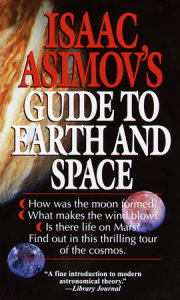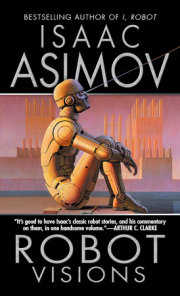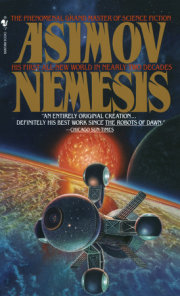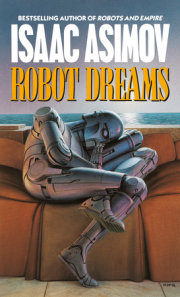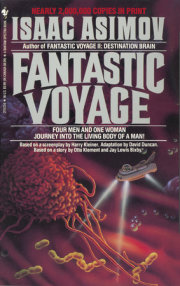Chapter One: MatterDividing Matter
Elements
Atomism Triumphant
The Reality of Atoms
The Differences Among Atoms
Chapter Two: Light
Particles and Waves
The Four Phenomena
Combining the Phenomena
Extending the Spectrum
Dividing Energy
Chapter Three: Electrons
Dividing Electricity
Cathode-Ray Particles
X Rays
Electrons and Atoms
Electrons and Quanta
Waves and Particles
Chapter Four: Nuclei
Probing the Atom
Positively Charged Particles
Atomic Numbers
Spectral Lines
Chapter Five: Isotopes
Nuclear Energy
Nuclear Varieties
Half-Lives
Stable Nuclear Varieties
Chapter Six: Neutrons
Protons and Electrons
Protons and Neutrons
Nuclear Reactions
Artificial Isotopes
Chapter Seven: Breakdowns
Mass Defect
Nuclear Fission
Nuclear Fusion
Breakdown Particles
Chapter Eight: Antimatter
Antiparticles
Cosmic Rays
Particle Accelerators
Baryons
Chapter Nine: Neutrinos
Saving the Laws of Conservation
Detecting the Antineutrino
Detecting the Neutrino
Other Leptons
Unstable Particles
Neutrino Varieties
Chapter Ten: Interactions
The Strong Interaction
The Weak Interaction
The Electroweak Interaction
Chapter Eleven: Quarks
The Hadron Zoo
Inside Hadrons
Quantum Chromodynamics
Chapter Twelve: The Universe
The Mystery of the Missing Mass
The End of the Universe
The Beginning of the Universe
Index

